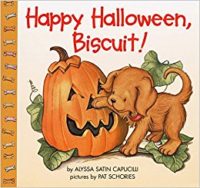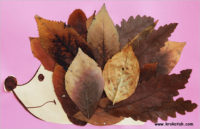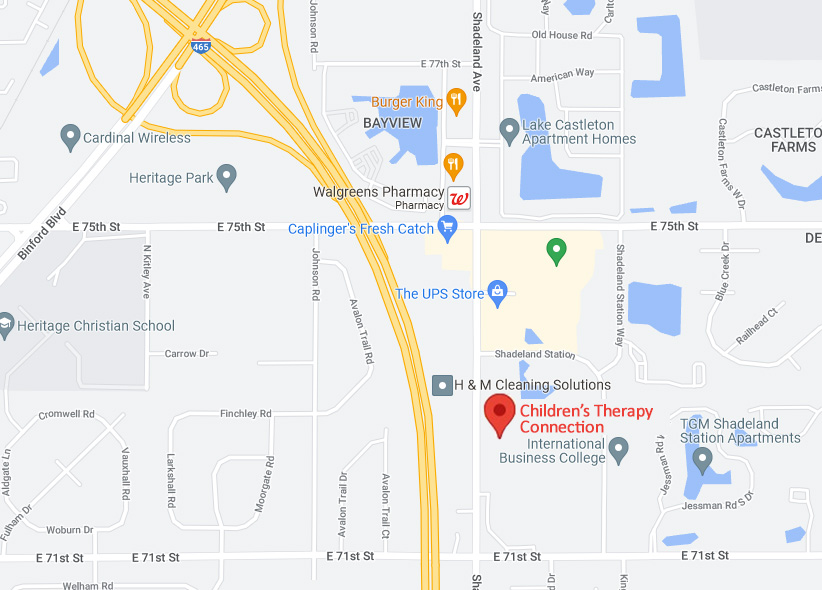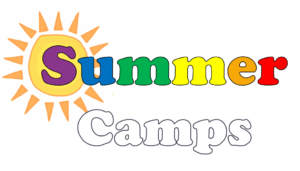
We are pleased to announce two Summer Break camps for 2018! Geared towards helping families make the most of their break, these camps are a great way to keep children engaged and allow families to try out some new experiences.
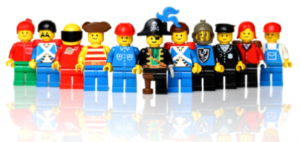
LEGO® Skill Builder Clubs are building daily. Small group “club” format led by OT and SLP. K-6th grade focus. Encouraging fine motor manipulation, social interaction & communication skill development.
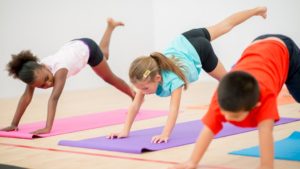
Yoga for KIDS. Any age/ability. We supply the mats, you bring the smiles. Story-based routines introduce yoga concepts in a kid-friendly, enjoyable manner. Led by OT and/or PT. Teaching coordination, strength, & balance.
These camps are both being offered in a trial-sized week-long format with morning and early afternoon sessions available each day. Scheduling for the weeks of 6/11-6/15 and 7/16-20. Pick a week and select morning or afternoon session. Families can call our office directly to register or they can follow the “Refer My Child” link at www.childrenstherapyconnection.com to sign up.
If you have any questions or would like to discuss a specific child/situation, please feel free to email Karen Berty at kberty@childrenstherapyconnection.com
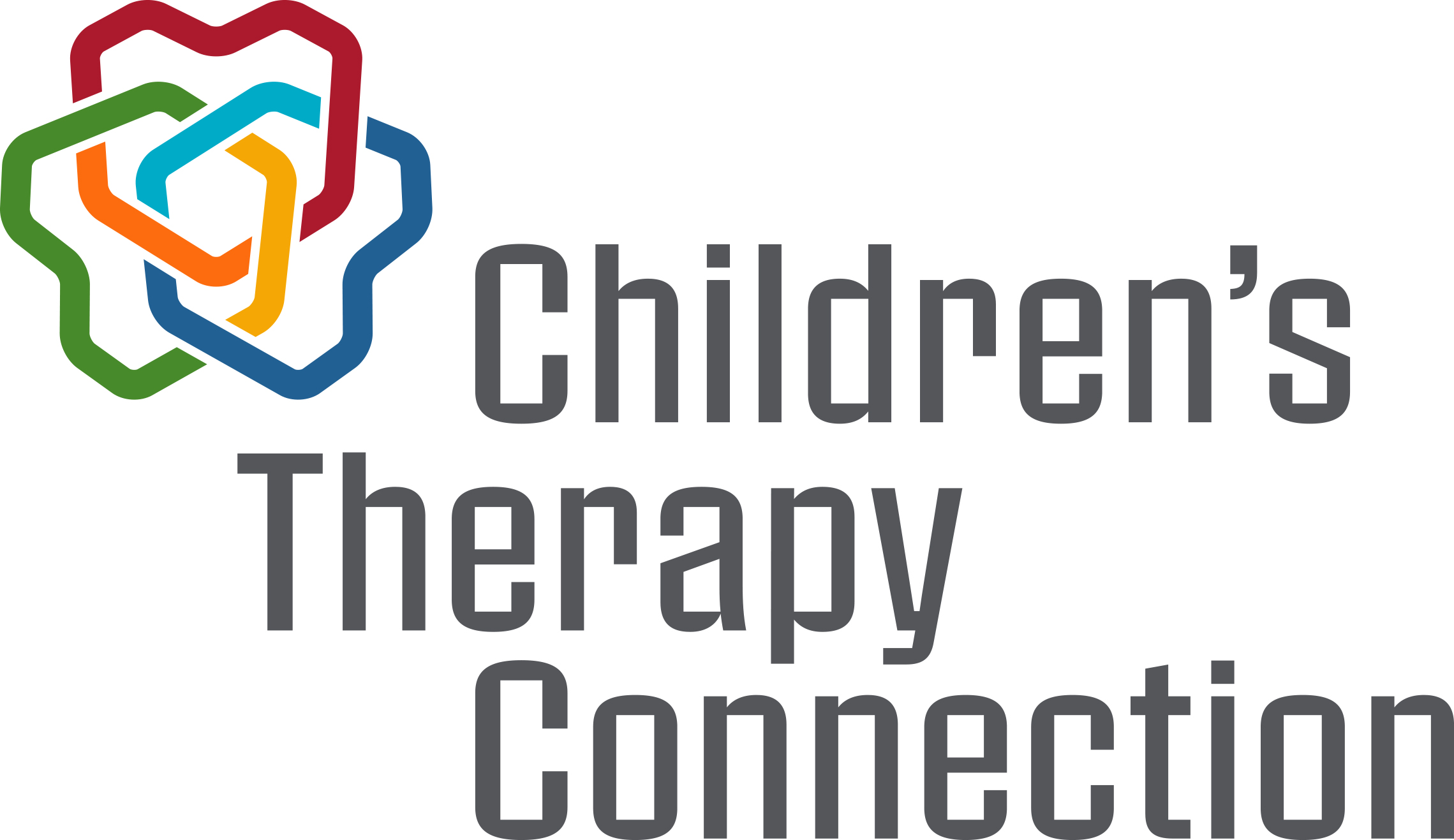
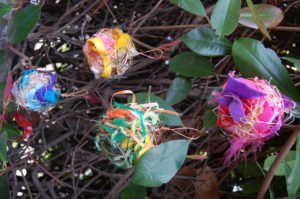
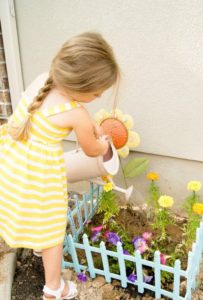
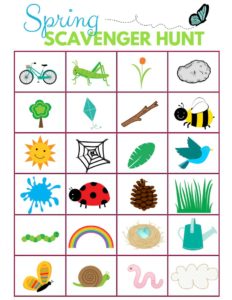
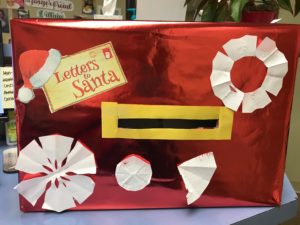
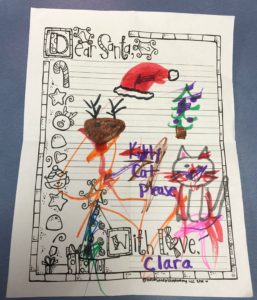
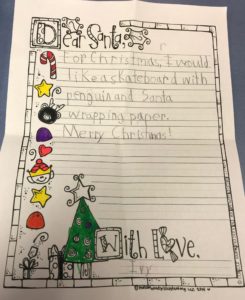
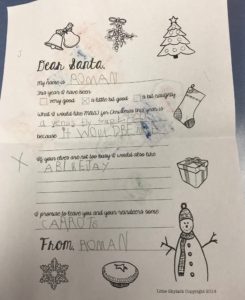
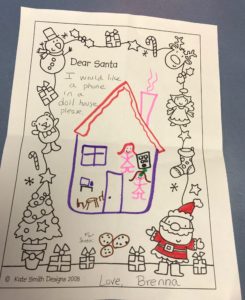
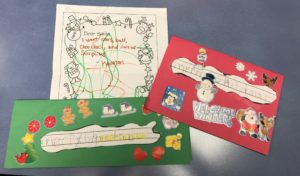

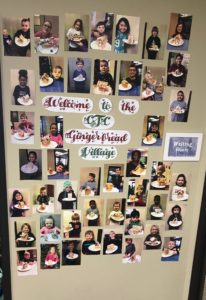
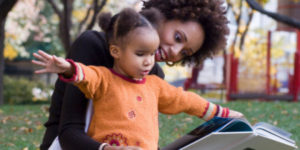
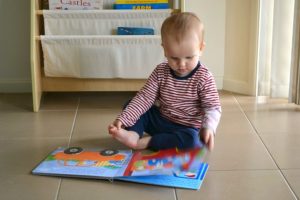
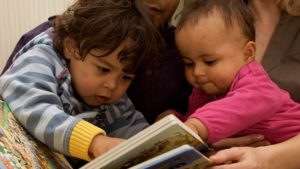
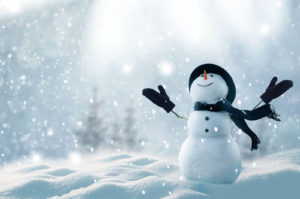
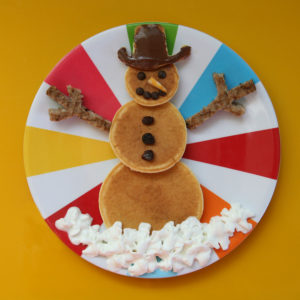
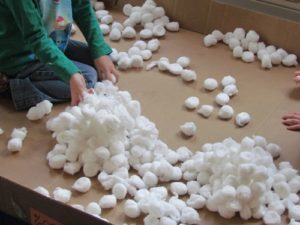
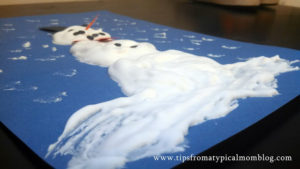
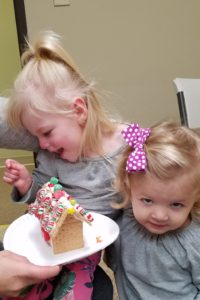
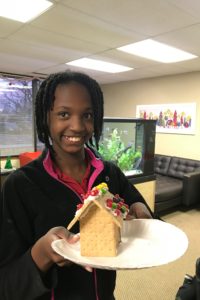
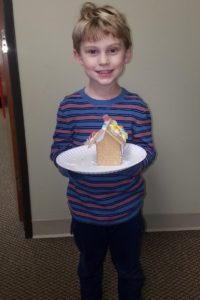
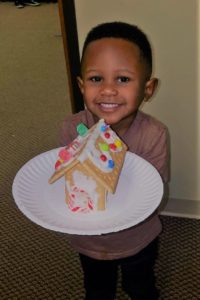
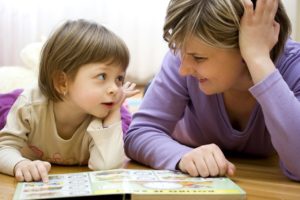
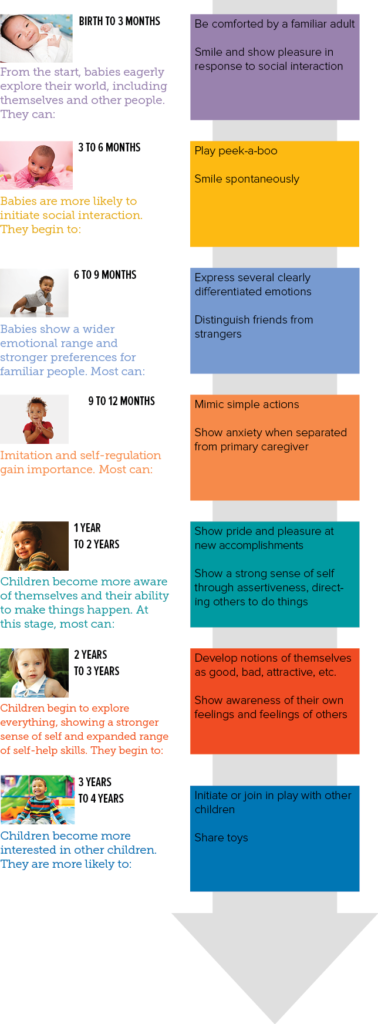
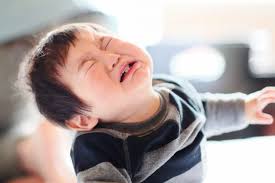
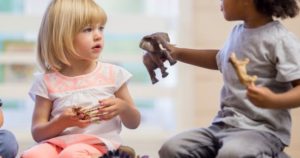
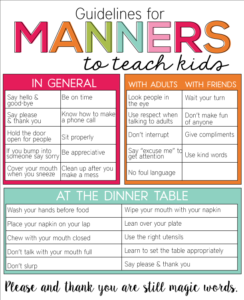
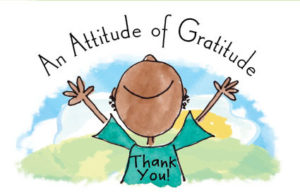 -Originally published in American Baby magazine, November 2005.
-Originally published in American Baby magazine, November 2005.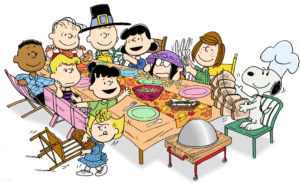
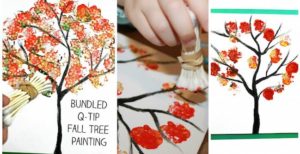
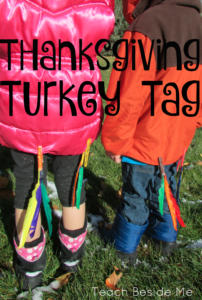
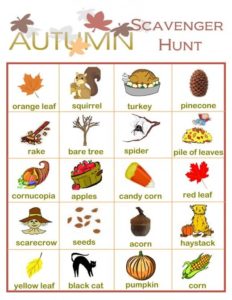
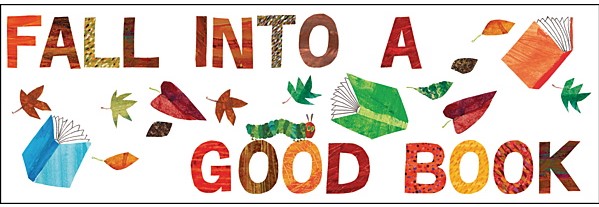
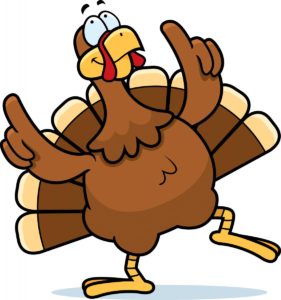

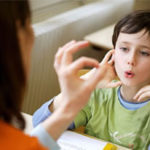
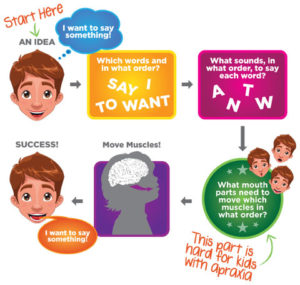
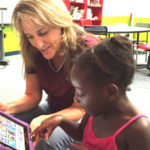 (SLP) experienced with CAS. During the evaluation, the SLP will review your child’s medical history and assess speech articulation, speech motor planning, and language skills to determine if CAS may be affecting his/her speech development. Following the evaluation, a specific speech therapy treatment plan will be made for your child.
(SLP) experienced with CAS. During the evaluation, the SLP will review your child’s medical history and assess speech articulation, speech motor planning, and language skills to determine if CAS may be affecting his/her speech development. Following the evaluation, a specific speech therapy treatment plan will be made for your child.
